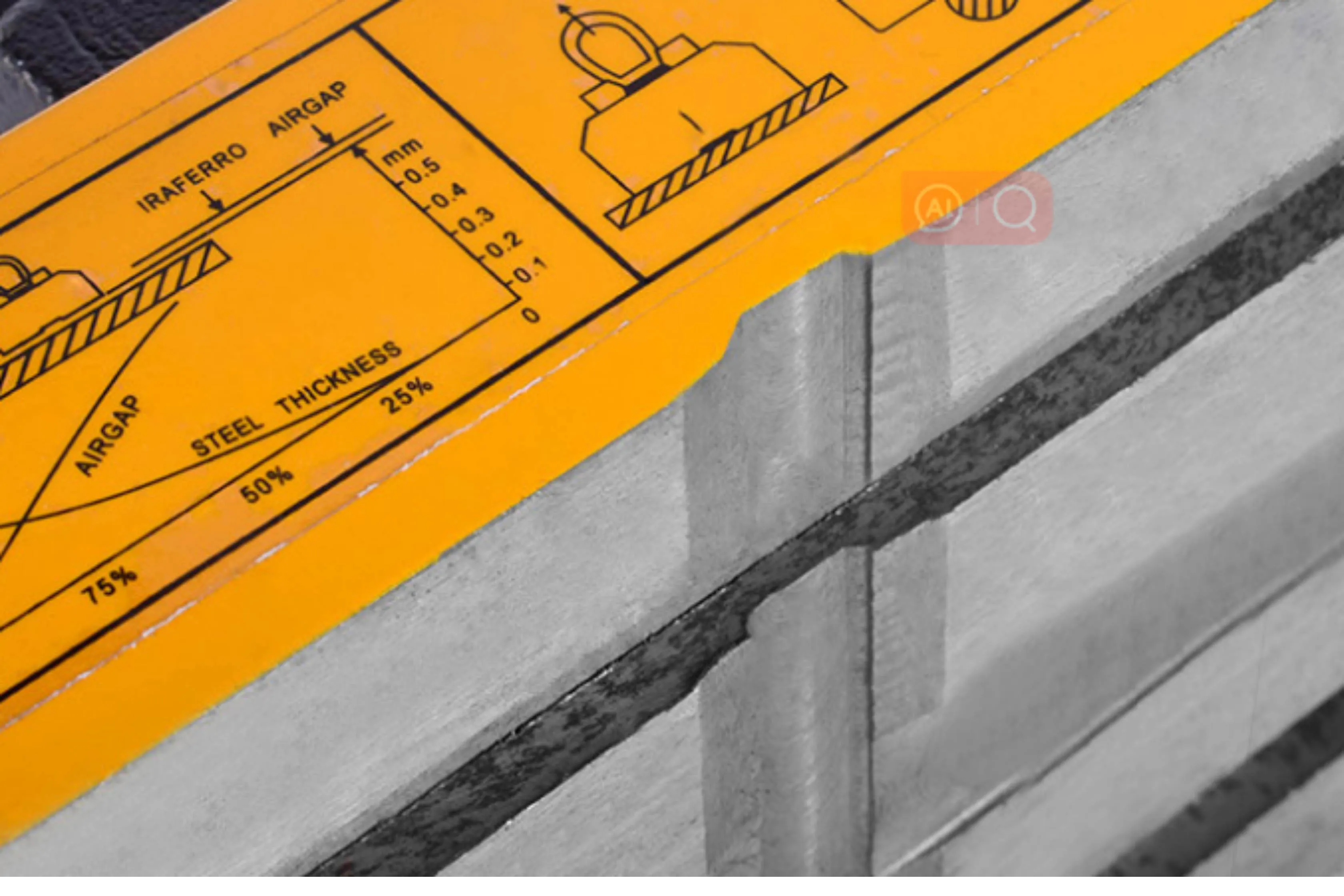trolly crane
The Evolution and Impact of Trolley Cranes in Modern Industries
In the vast realm of industrial machinery, the trolley crane stands out as one of the most valuable and versatile tools employed across various sectors. The design and functionality of trolley cranes have evolved significantly over the years, transforming them into essential components of modern material handling and construction.
What is a Trolley Crane?
A trolley crane is a type of overhead crane that features a hoisting mechanism mounted on a horizontal trolley, which travels along a beam or rail. This unique design allows the crane to lift and move heavy loads across a specified area with precision and efficiency. Typically, trolley cranes are used in settings like manufacturing plants, warehouses, construction sites, and shipping yards.
Historical Background
The concept of the crane dates back to ancient civilizations, primarily the Greeks and Romans, who utilized simple pulley systems to lift heavy objects. However, it wasn't until the industrial revolution in the late 18th and early 19th centuries that mechanized cranes, including trolley cranes, began to emerge. These advancements in engineering and materials led to the development of more robust structures capable of handling greater weights and complexities.
The introduction of electric motors in the early 20th century further revolutionized trolley cranes, enabling them to operate more efficiently and safely than their manual predecessors. Today, advancements in automation and controls have paved the way for smart trolley cranes, integrated with sensors and IoT technologies, enhancing their operational capabilities and safety features.
Advantages of Trolley Cranes
The use of trolley cranes in various industries offers numerous advantages
1. Space Efficiency Since trolley cranes operate overhead, they free up valuable floor space compared to traditional forklifts or ground-level lifting equipment. This space-efficient design enables better organization of work areas and improved workflow.
2. Safety Trolley cranes are designed with safety in mind, minimizing the risk of accidents during material handling. Many modern cranes are equipped with features such as overload protection, emergency stop systems, and advanced braking mechanisms to ensure safe operation.
3. Precision and Control The ability of trolley cranes to move in multiple directions allows for precise handling of loads. This is crucial in tasks involving delicate materials or when working in confined spaces where accuracy is paramount.
trolly crane

4. Versatility Trolley cranes can handle a wide range of materials, from heavy machinery to lightweight components. This versatility makes them suitable for various applications, including construction, manufacturing, and even shipping.
5. Cost-Effectiveness By reducing labor costs and increasing operational efficiency, the use of trolley cranes can significantly lower overall project expenses. The ability to handle heavy loads with minimal manual labor results in faster turnaround times.
Applications Across Industries
Trolley cranes find their applications in numerous industries
- Manufacturing In factories, trolley cranes facilitate the movement of raw materials and finished products along production lines, enhancing efficiency and minimizing handling times.
- Construction On construction sites, trolley cranes are indispensable for lifting heavy steel beams, concrete panels, and other materials to great heights. Their ability to maneuver in tight spots allows for effective stacking and placement.
- Shipping and Logistics In shipping yards and warehouses, trolley cranes are utilized for loading and unloading containers, pallets, and heavy equipment. Their speed and precision enable quick turnaround times for shipping operations.
- Mining Trolley cranes also play a critical role in the mining sector, where they are used to transport heavy equipment and materials out of quarries and mines, streamlining operations significantly.
The Future of Trolley Cranes
As technology continues to advance, the future of trolley cranes looks promising. Innovations such as automation, remote operation, and predictive maintenance are set to redefine how these machines operate. The integration of artificial intelligence and machine learning could lead to more efficient load handling processes and improved safety protocols.
In conclusion, trolley cranes represent a significant advancement in material handling technology, transforming the way industries operate. With their historical roots firmly established and a future that promises further innovation, trolley cranes will remain an integral part of the industrial landscape, allowing businesses to lift, move, and manage the demands of modern operations with ease and efficiency.
-
Unlock Seamless Relocation with Our Heavy Equipment Moving ExpertiseNewsJun.06,2025
-
Unleash Unrivaled Flexibility with Our Adjustable Gantry CraneNewsJun.06,2025
-
Unleash Heavy-Duty Efficiency with Our Industrial Gantry Crane SolutionsNewsJun.06,2025
-
Revolutionize Steel Handling with Our Magnetic Lifter RangeNewsJun.06,2025
-
Master Equipment Mobility with Premium Machinery Mover SolutionsNewsJun.06,2025
-
Elevate Your Material Handling with Magnetic Lifter TechnologyNewsJun.06,2025
-
YS Permanent Lifting Magnets: The Smarter Way to Handle SteelNewsMay.22,2025
